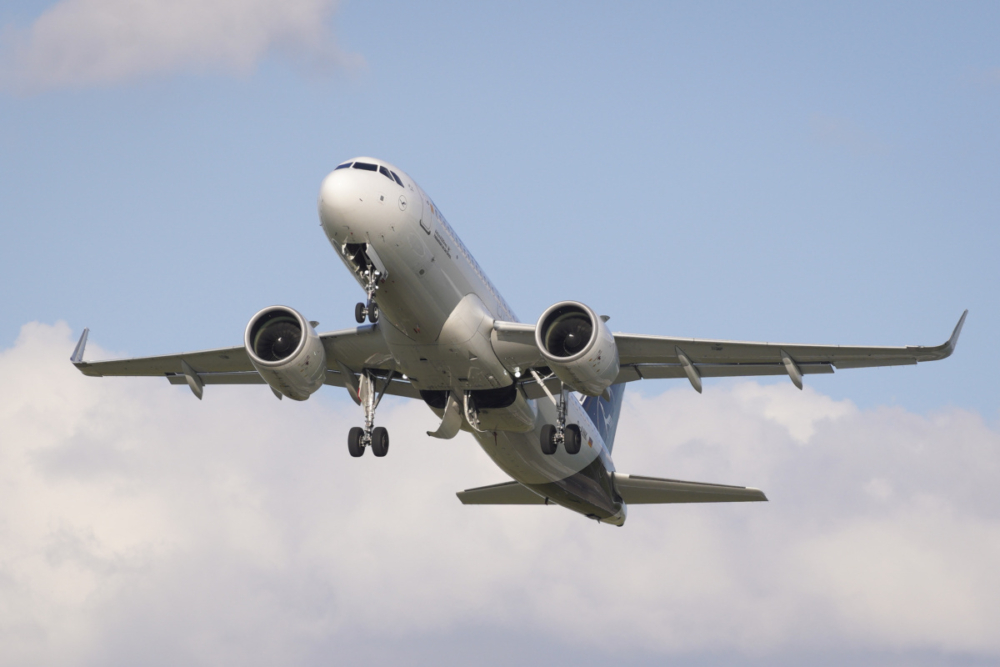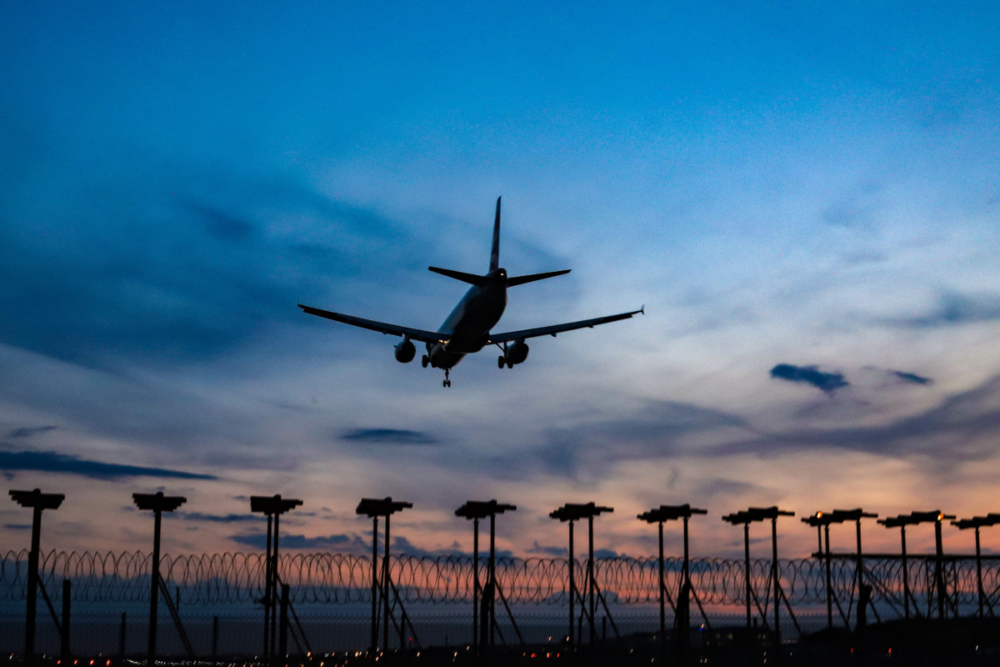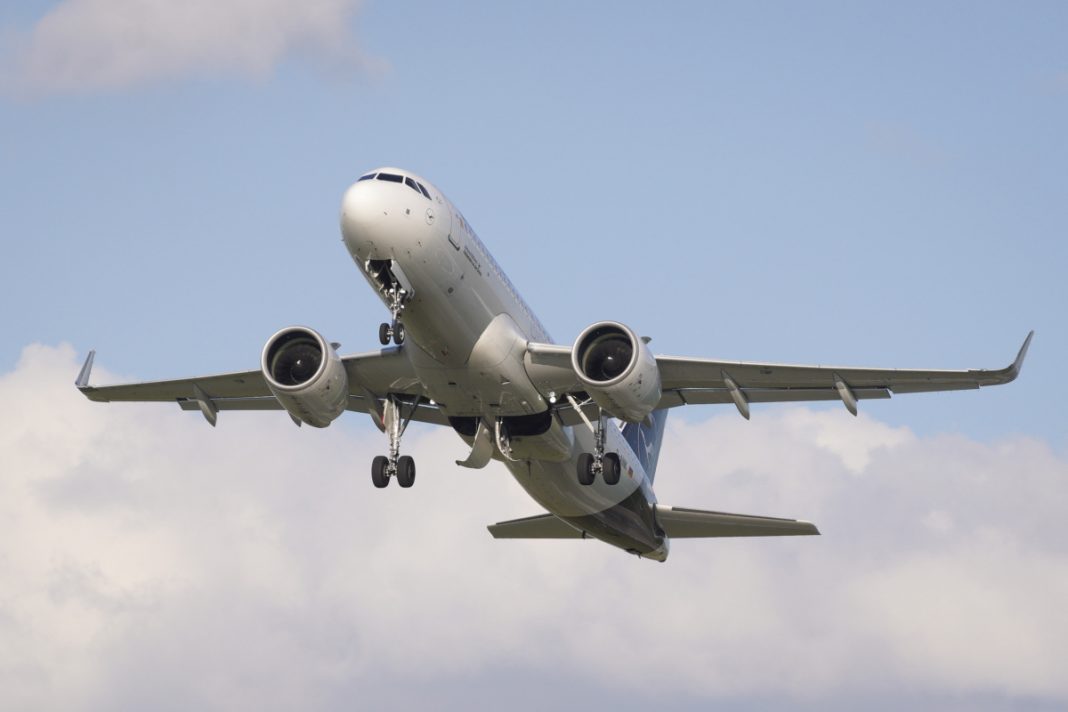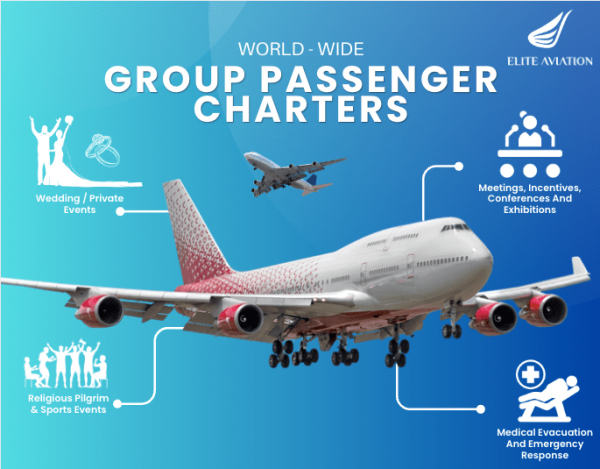During standard climates, European airspace is congested and inefficient. These factors result in increased costs, along with delays and greater carbon emissions. The Single European Sky (SES) is an initiative to counter these issues. For approximately two decades, those behind the program have been looking to reform air traffic management on the continent.

A long time coming
The European Union gained traction with its goals to unify air traffic management (ATM) practices in 2004 when the decision-making process moved away from an intergovernmental system to the EU framework. The group’s ultimate goal in this space is to help the aviation industry cope with sustained air traffic growth and operations under the safest, most cost- and flight-efficient conditions while remaining environmentally friendly.
The initial vision was that the SES would have achieved the following by 2020:
- A three-fold increase in capacity where required
- Progress in safety performance by a factor of 10
- A 10% reduction in the impact that flights have on the environment
- A 50% reduction in the cost that ATM services have on airspace users

Accomplishments along the way
The European Commission (EC) shares that there have been breakthroughs at operational, technological, and institutional levels. However, efforts continue to increase the advantages of actions introduced under the SES framework.
“The SES legislative framework consists of four Basic Regulations (N° 549/2004, 550/2004, 551/2004 and 552/2004) covering the provision of air navigation services (ANS), the organisation and use of airspace and the interoperability of the European Air Traffic Management Network (EATMN). The four Regulations adopted in 2004 (the SES I Package) were revised and extended in 2009 with Regulation (EC) n° 1070/2009 aimed at increasing the overall performance of the air traffic management system in Europe (the SES II Package),” the EC shares on its website.
“On this basis, the Commission adopted and implemented extensive and comprehensive implementing legislation; this framework also includes more than 20 Implementing Rules and Community Specifications (“technical standards”) adopted by the European Commission in view of ensuring the interoperability of technologies and systems.”

Recent updates
Despite some notable achievements over the years, progress has generally been slow. Problems surrounding airspace sovereignty and the willingness of national air navigation service providers have held back advancements. However, there have been recent pitches to revive the SES project and offer much-needed environmental and financial benefits.
Last September, the EC proposed an upgrade of the SES regulatory framework by amending its 2013 SES 2+ text. This move would see the introduction of new measures and the adoption of a separate proposal to amend the European Union Aviation Safety Agency’s (EASA) “Basic Regulation.” Now, the European Parliament and EU states will have to go through the plans to take developments to the next level.
Altogether, the initiatives would offer improvements to the environment by providing more efficient and flexible usage of the airspace on the continent. There would be greater liberalization where possible and effective regulation where necessary to ensure cost-efficient operations. Therefore, flight delays would also be reduced across the region.

Room for growth
Yesterday, the International Air Transport Association (IATA), shared a press release stating that it welcomes the new proposals to reinvigorate progress towards the SES. However, it urged for crucial amendments in particular areas. Namely, it wants changes to help strengthen the safety, environmental, and economic benefits of modernized European airspace.
“While there is much in this package to applaud, there is also room for improvement. The European Parliament and EU states should focus on what will help aviation build back better from the COVID-19 crisis. That means doing everything possible to reduce costs, cut emissions, strengthen safety and improve efficiency. It is what travelers expect and what airlines need,” said Rafael Schvartzman, IATA’s Regional VP for Europe shared in the press release.
“An independent regulator is absolutely essential to any meaningful attempt to improve service provision and efficiency of Europe’s air navigation service providers (ANSPs). The independent regulator must set its ANSP challenging performance targets and be given sufficient powers to act if they are not met, up to and including delegation of its service to another approved provider. The benefits for Europe are considerable if the SES is finally delivered: independent economic analysis shows that one million additional jobs and more than EUR 245 billion in economic benefit would be generated each year from 2035 by a fully optimized airspace.”
Clear targets
Altogether, carriers have identified four primary areas to reinforce the EC’s SES proposals:
- Strengthen the position of the performance review body
- Introduce irrevocable performance targets
- Underpin the power of the network manager
- Form an independent economic regulator
Overall, airlines and aviation bodies will be keen to speed up progress in this field. Shakeups such as Brexit and the pandemic have highlighted the need for a coordinated approach to ensure that operations continue to be conducted smoothly. Carriers have called for urgent reforms in this area. For instance, former IAG chief Willie Walsh expressed his frustration about the failure of implementation of the SES. In fact, he called the lack of joint progress a disgrace and a political scandal.
More recently, Ryanair CEO Michael O’Leary also shared his dismay about the slow advancements. Meanwhile, Lufthansa CEO Carsten Spohr shared that progressions with the SES would provide far more efficiency across the board.

The market is completely rocked in its current state, and governments in Europe continue to approach the tough conditions differently. Both carriers and travelers have suffered as a result. Therefore, a more uniformed approach could go a long way going forward, especially after passenger activity picks up again.
What are your thoughts about the implementation of the Single European Sky? Do you think this would be a good move for the European aviation industry? Let us know what you think of the prospects in the comment section.
[ad_2]
Source link


